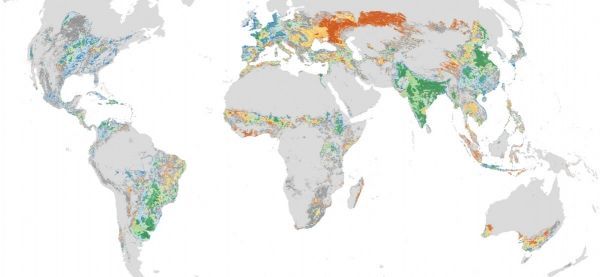Farmers rely on phosphorus fertilizers to enrich the soil and ensure bountiful harvests, but the world’s recoverable reserves of phosphate rocks, from which such fertilizers are produced, are finite and unevenly distributed. Stevens Institute of Technology is spearheading an international effort to map the global flow of phosphorus, much of which will be absorbed by crops, then eaten and excreted as waste by animals and people – and jump-start efforts to recapture and recycle the vital nutrient.
In the April 2019 issue of Earth’s Future, David Vaccari, director of the Stevens department of civil, environmental and ocean engineering, and his team map that process globally for the first time, and identify regional “hot spots” where there’s both significant demand for fertilizers, and significant potential for recapturing phosphorus from animal and human waste.
The team not only show there are significant untapped opportunities for recycling phosphorus but in a field where lack of well-integrated data has often impeded both local and regional planning, the work is a breakthrough in bridging the global to the local, actionable level.
Read more at Stevens Institute of Technology
Map: Global distribution of manure-rich cultivated areas. Green shades represent manure-rich areas with the most potential for recycling phosphorus. Manure-rich cultivated grid cells were most abundant in India, China, Southeast Asia, Europe and Brazil. Smaller patches are seen in central and east Africa, central United States and Central America. CREDIT: Stevens Institute of Technology


